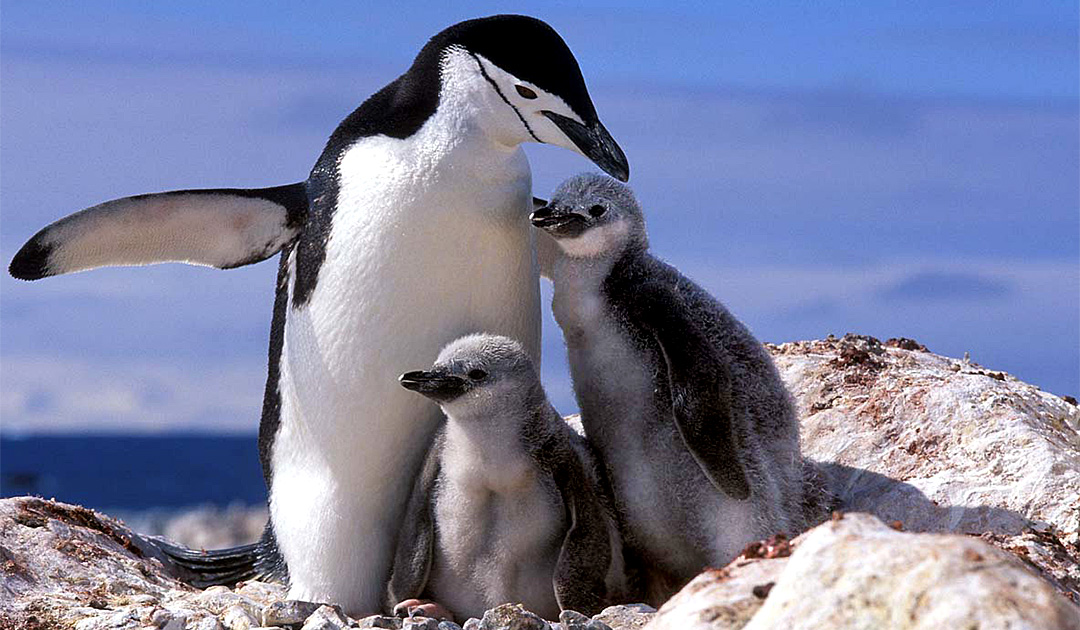
New penguin colony discovered near the Antarctic peninsula
Viking Ocean Cruises announced that its expedition team has made the discovery of a new, previously unknown chinstrap penguin colony on Díaz Rock in Antarctica.

Viking Ocean Cruises announced that its expedition team has made the discovery of a new, previously unknown chinstrap penguin colony on Díaz Rock in Antarctica.

A new discovery shows that male sea spider take care of their young in the icy waters of the Antarctic.
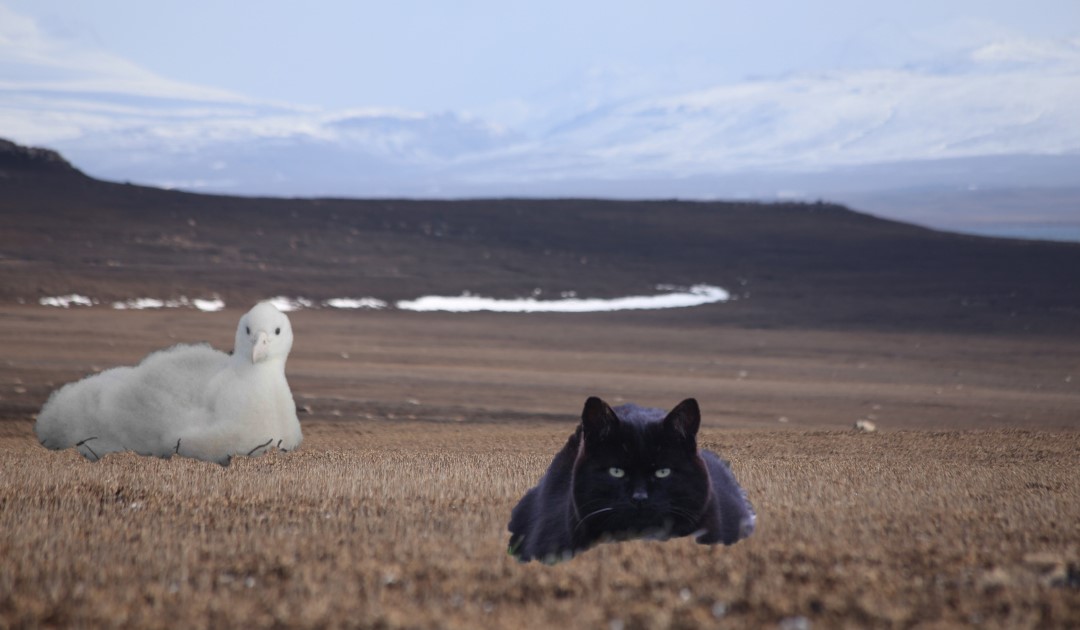
Mammals introduced to islands benefit from the “surprise effect” on an evolutionary scale, causing the disappearance of many seabirds. On Kerguelen, hyperspecialized cats threaten the chicks of great albatrosses.

A polar bear sleeps perched atop a precariously angled shard of melting ice. The bear’s calm is juxtaposed by the frenetic waves lapping at the little island, suggesting that at some point the sea will reclaim it. This is the scene, captured by the photographer Nima Sarikhani, that has won this year’s Wildlife Photographer of the Year People’s Choice award.
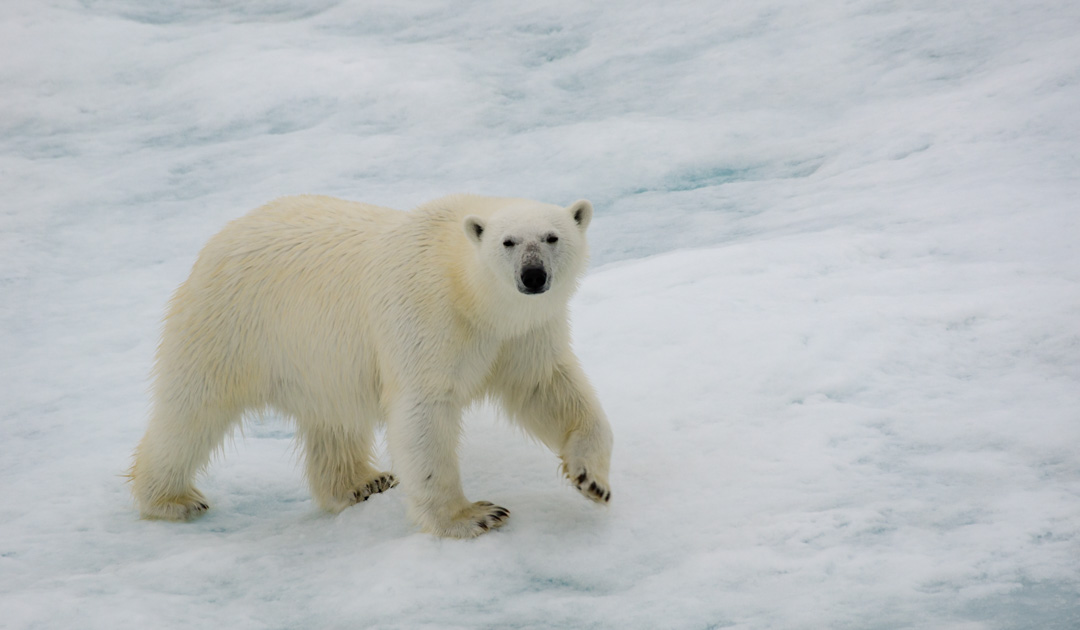
Polar bears have long served as a symbol of climate change for obvious reasons. Not only is the polar bear a beautiful, charismatic animal, but the link between polar bears and melting sea ice is an easy and poignant concept to grasp.
An investigation found that some whales were dead before becoming ensnared, but critics of bottom trawling have more questions about this year’s large death toll.
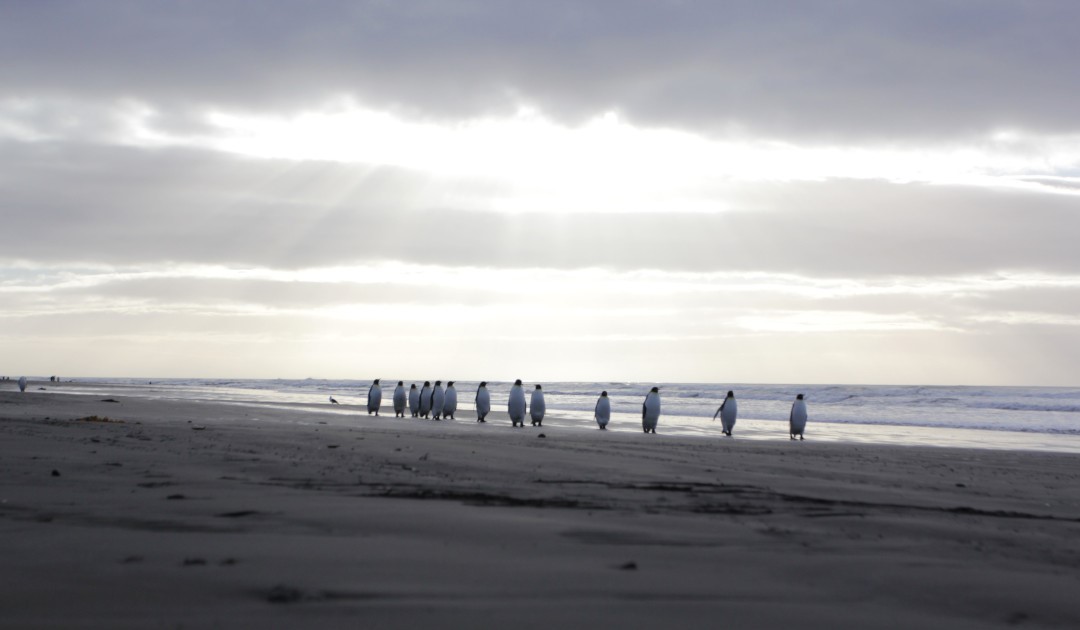
A Franco-Canadian study of king penguins in the largest colony on the Courbet Peninsula in Kerguelen shows that these birds are highly specialized, making them vulnerable to geographical changes in the polar front.

“Zombie mice”, as they are called by conservationists, are non-native mice that adapt to their environment. In the meantime, they have become a problem for native birds.

There are few animals that trigger such strong emotions as whales. Whales inspire – but whales also stir up emotions when it comes to whaling. And what happens after their death is explained here.
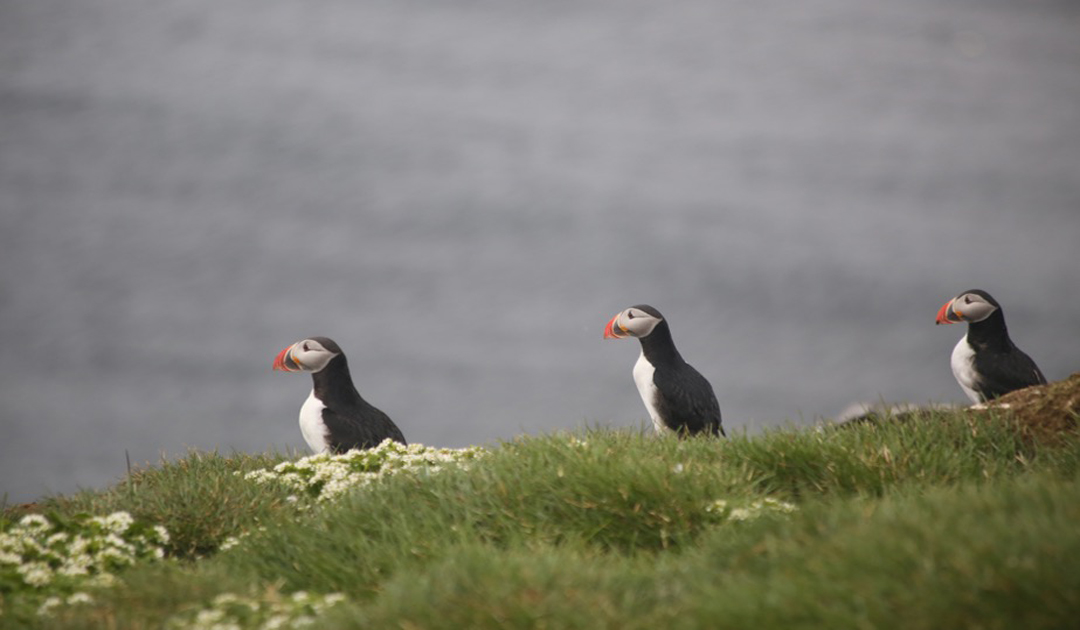
Due to global warming, two subspecies of puffins mixed at the beginning of the last century, creating a hybrid species.

Alaska’s distinct — and endangered — beluga whale population faces numerous threats to its recovery. A lack of public support is not one of them
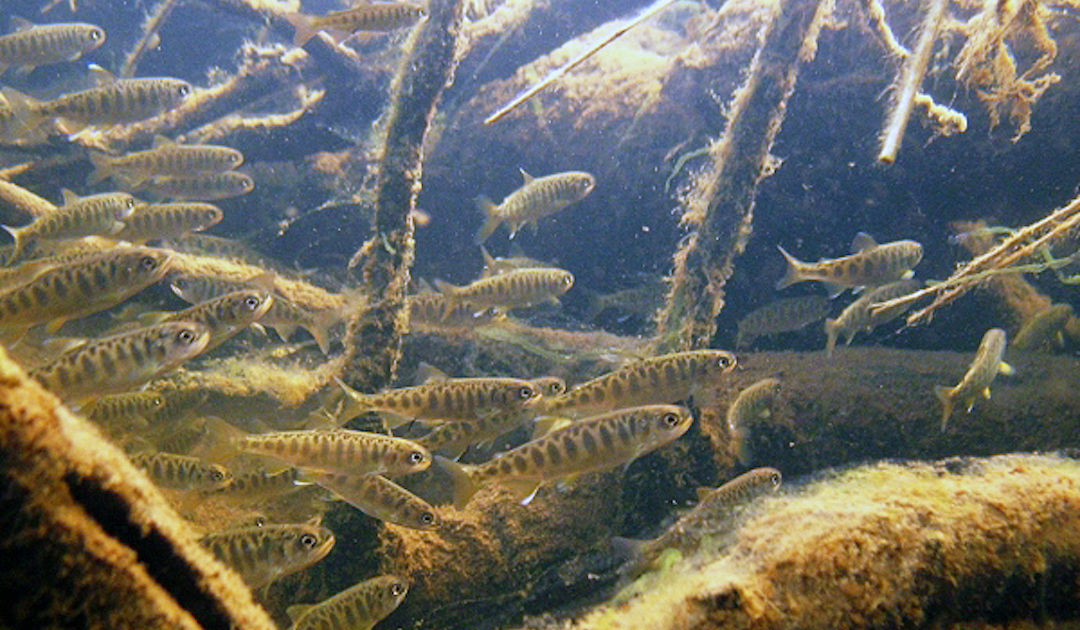
Sockeyes are the more commercially valuable species, but rules to protect Chinook that would affect all salmon fishing are giving fishermen an added incentive to take part in a monitoring programme aimed at stopping their decline

Scientists at Japan’s Showa Station are study the ecology of fish living permanently under ice and their feeding habits by assessing their stomach contents

Canadian Yukon paleontologists have unveiled an unusual find from the Goldfields: a mummified Arctic gopher or ground squirrel from the Ice Age.
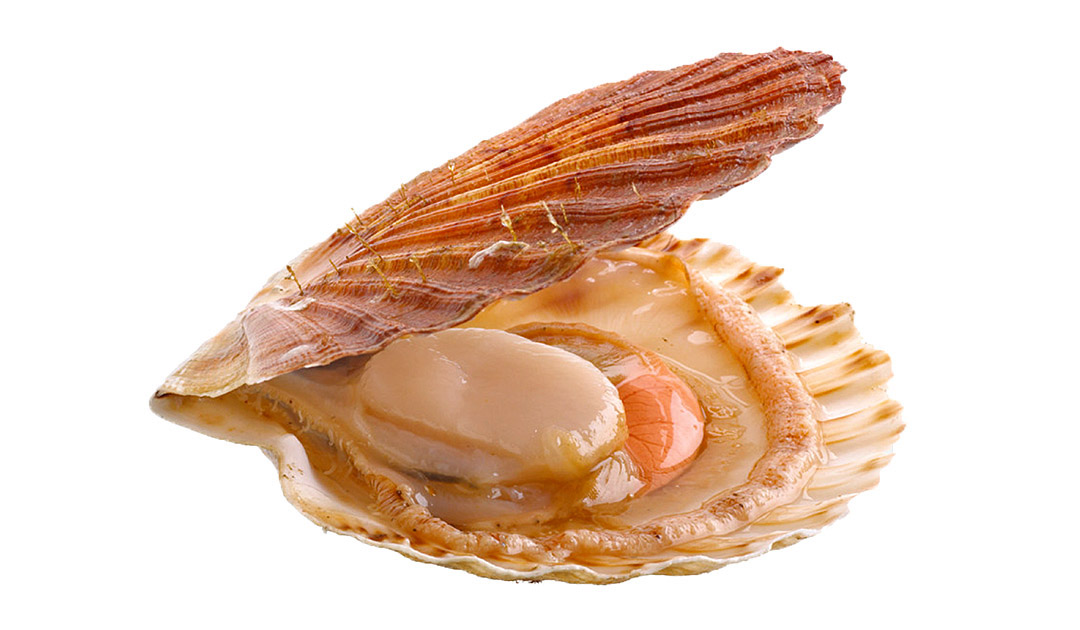
Ava Ocean, a marine technology company based in Ålesund, Norway, has developed a new method for collecting shellfish from the seafloor.
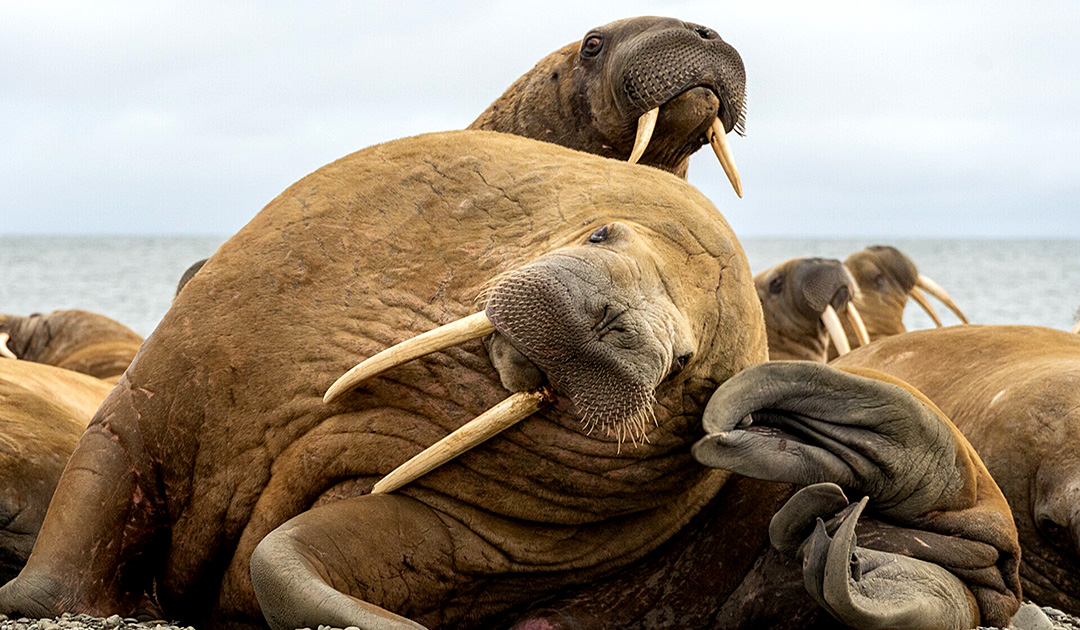
Scientists have conducted the first comprehensive study of the previously unexplored walruses living in the Laptev Sea.

British Antarctic Survey (BAS) and RSPB recruit albatross detectives to help find migratory albatrosses in satellite imagery from space.

The death of walrus Freya has moved many people worldwide and led to a lot of criticism towards Norwegian authorities. Polish author Piotr Sordyl has created a short story about Freya and the handling of society with the Arctic visitor.

New Zealand researchers have discovered a never-before-seen ecosystem underneath the Larsen Ice Shelf at a depth of 500 meters.

A small black and white bird, the oystercatcher, is the national bird of the Faroe Islands and the bird shows that it is worth spending the summer far in the north.
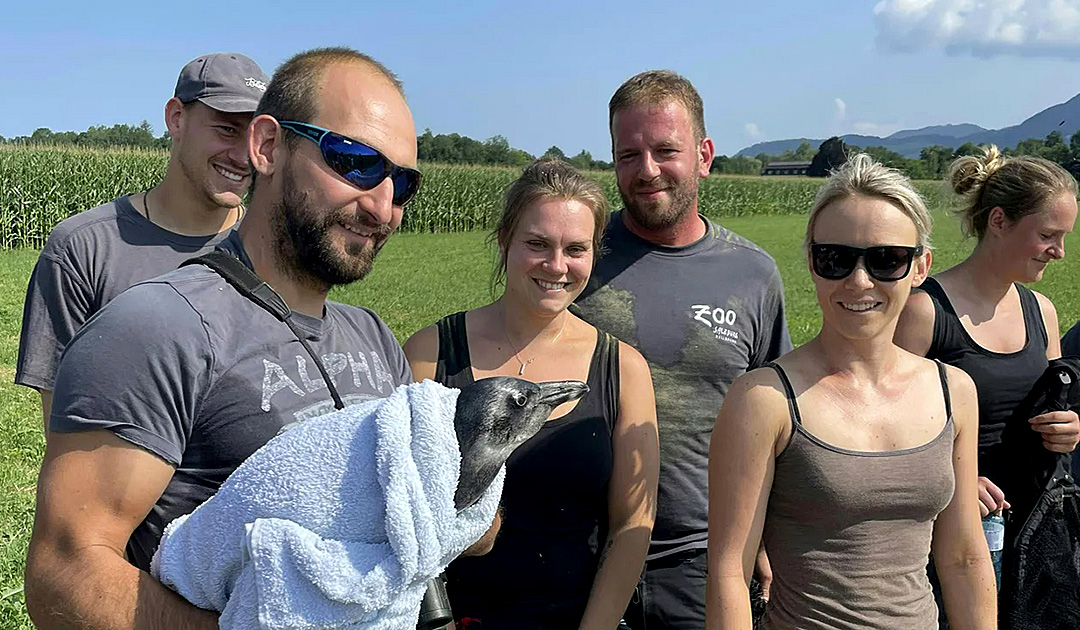
The excitement was great when a young African penguin at Salzburg Zoo went missing. After a search operation lasting several hours, the animal was finally found in a cornfield.

While we worry about the animals of the Arctic in view of the ongoing global warming, there are also unusual reports of “escapees”. One of these is a young walrus named Freya. Freya has been on the move for some time. Walruses normally prefer the Arctic, but Freya prefers to live further south. After her […]

Marine biologist, research diver and TV presenter Uli Kunz talks about his impressive dive between icebergs and ice floes off Greenland.
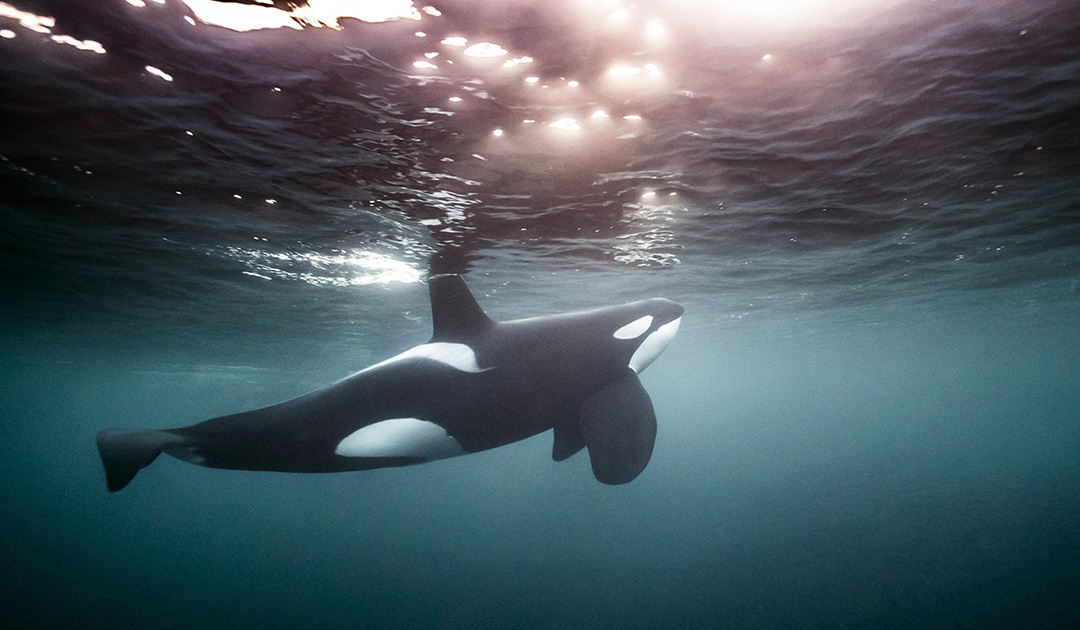
Marine biologist, research diver and TV presenter Uli Kunz shares his impressive experiences with orcas and humpback whales off northern Norway.